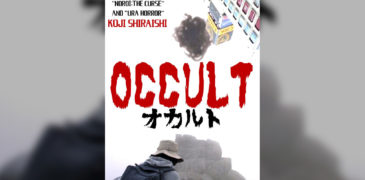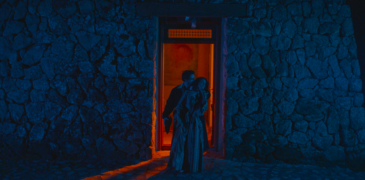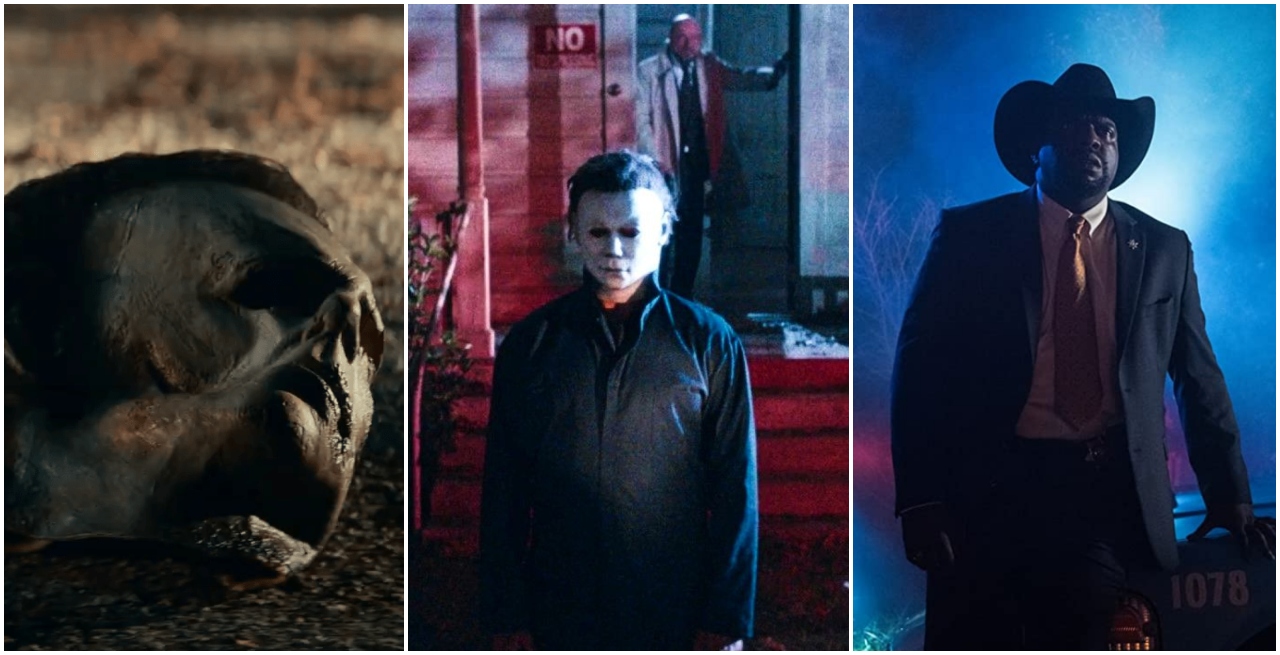
As a newcomer to the Halloween franchise, I am less experienced with the later sequels to have any attachment to the worldbuilding, and I controversially thought Rob Zombie’s film was an interesting angle despite all his obnoxious signatures, but the boldness of Halloween 2018 was alluring in the visual confidence – a new start, so to speak. It served a refreshing reboot with a thriller pacing, professional acting, attentive characterization and crisp cinematography; high production values were undeniable to provide a competent reboot of the franchise vision. The film also provided an interesting insight, too, on the lasting trauma of a slasher scenario on survivors, normally overlooked in psychological implications – the legacy of such a disaster, whether concerning the individual, Laurie specifically, or the community as in this latest installment. Halloween Kills (2021) is an immediate continuation of Halloween (2018), as with Halloween 2 (1981) to Halloween 1 (1978), and develops an interesting, separate timeline emergent from John Carpenter’s 1978 original – a new sequel line that’s an alternate reality. The new identity it cultivated, however, is poorly executed in this sequel – a focus on the characters in their confrontation to the relentless evil that is Michael Myers, including the folly of their fear to anxiety, and a stylish spotlight on the carnage following his animalistic routines. Instead, we have a film that is indecisive as it is flayed – it does not know where to head from the last and merely indulges the tropes we predictably adore as some salvation from the confused mediocrity.
Starting with flashbacks of reimagined segments from the 1978 film, which is the respected progenitor to all these events, Halloween Kills distinguishes itself early in a particular confidence to alter this – it will retain an independent identity; it’ll additionally be a film concerned with the effects of Michael Myers as much as the spectacle of his rampage. Halloween Kills soon descends into violence, as the audience expects from a slasher fundamentally, between sequences expressing the themes, notably the consequences of trauma individually or in a community, alongside reaffirming the characters’ wrecked lives in consequence of Michael – an incarnate of evil in their mind. Michael’s destructive effects – whether from the 2018 entry or the original film – are persistently clear, fuelling worse rifts and ramifications. Communities are driven into a paranoid mob, families are broken apart from tragedies and victims endure with an overwhelming anxiety (or wounds) affecting any ordinary existence. The whole main cast, even the authorities, are powerless in any plan to confront Michael Myers, effectively immobilized or spurred into silly antics; their helpless, terrified state reflected in the standstill plot which is only occasionally jolted from absurd overreactions due to culminative anxiety.
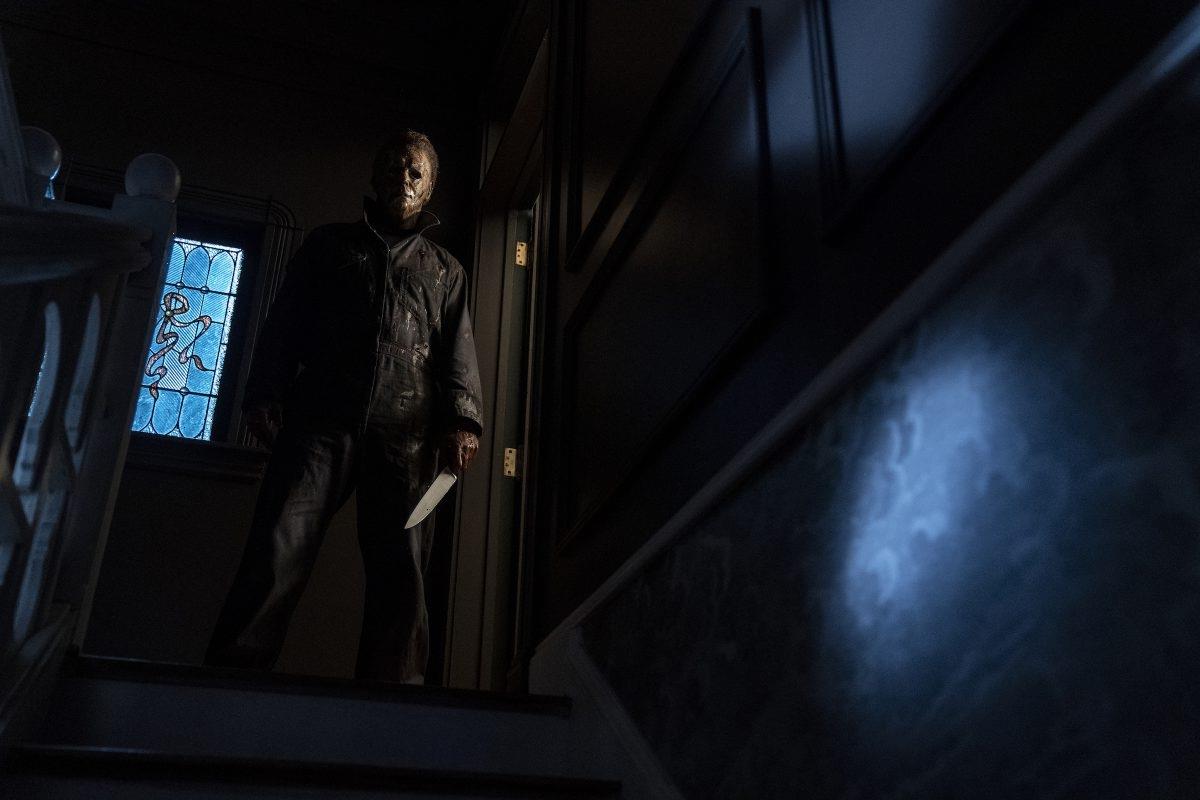
Finally starting the main narrative, it opens from the start of the last film: Laurie’s family escapes their showdown and Michael is trapped inside a basement to burn as the house is deliberately engulfed. As firefighters respond to extinguish the flames, and inadvertently release Michael, we see a chaotic set piece sure to be memorable – a confrontation with the first responders of Haddonfield who’re an obstacle to his continued bloodlust. These are no challenge to Michael Myers – who slaughters anybody in his path naturally without any hesitation – and serves an amusingly ridiculous showcase of his unstoppable nature; how the sequence was executed, however, in frantic, flashy camerawork might prove contentious, especially considering the popular prevalence of slow, methodical ‘elevated horror’ in the mainstream. As violent entertainment, it delivers such action on a grandeur scale and is relentless in supplying such over the predecessor – brutal kills of a tenacious savagery and grotesque body horror. Regardless, there’s less emphasis on the stalking nature of Michael Myers, which imparted a creepy depth to him as an iconic villain, and there is no clear agenda of his besides returning home. Maybe this is indeed a supportive statement of people ascribing their own ideas onto Michael Meyers (or hearsay) as they do with evil, imposing some understandable motive or hope of humanity in a relatable pattern (i.e. a preference for babysitters or obsession to his ‘sister’).
Halloween Kills, however, has less of a consistent direction to the plot – people either waiting around or hunting Michael Myers – and it’s more an experience of survivors lamenting events of Halloween (2018), showcasing repercussions from this as not merely an isolated event (which the first film also explored concerning trauma due to the original). Laurie Strode’s family, and those connected to the events in the first, collectively inherit her trauma and are compelled into all sorts of dangerous irrationality – a desire for revenge, an obsession of closure regarding Michael and also a retribution for any mistakes enabling his existence (as contrived in the case of the Officer Hawkins). Halloween Kills, however, dithers on revolving around the aftermath from 2018, where the plot lacks a clear purpose as anything much deeper, but it does amplify the intensity of the Michael Myers still on the loose, committed as ever to his routine of mass murder. It is a shame, too, Jamie Lee Curtis’ Laurie – easily their most talented performer – was sidelined for most of the film – her dynamic with Michael being an essential component before; maybe this is, however, a statement that she imagined such a connection as people also do with trying to force an idea of ‘The Shape’.
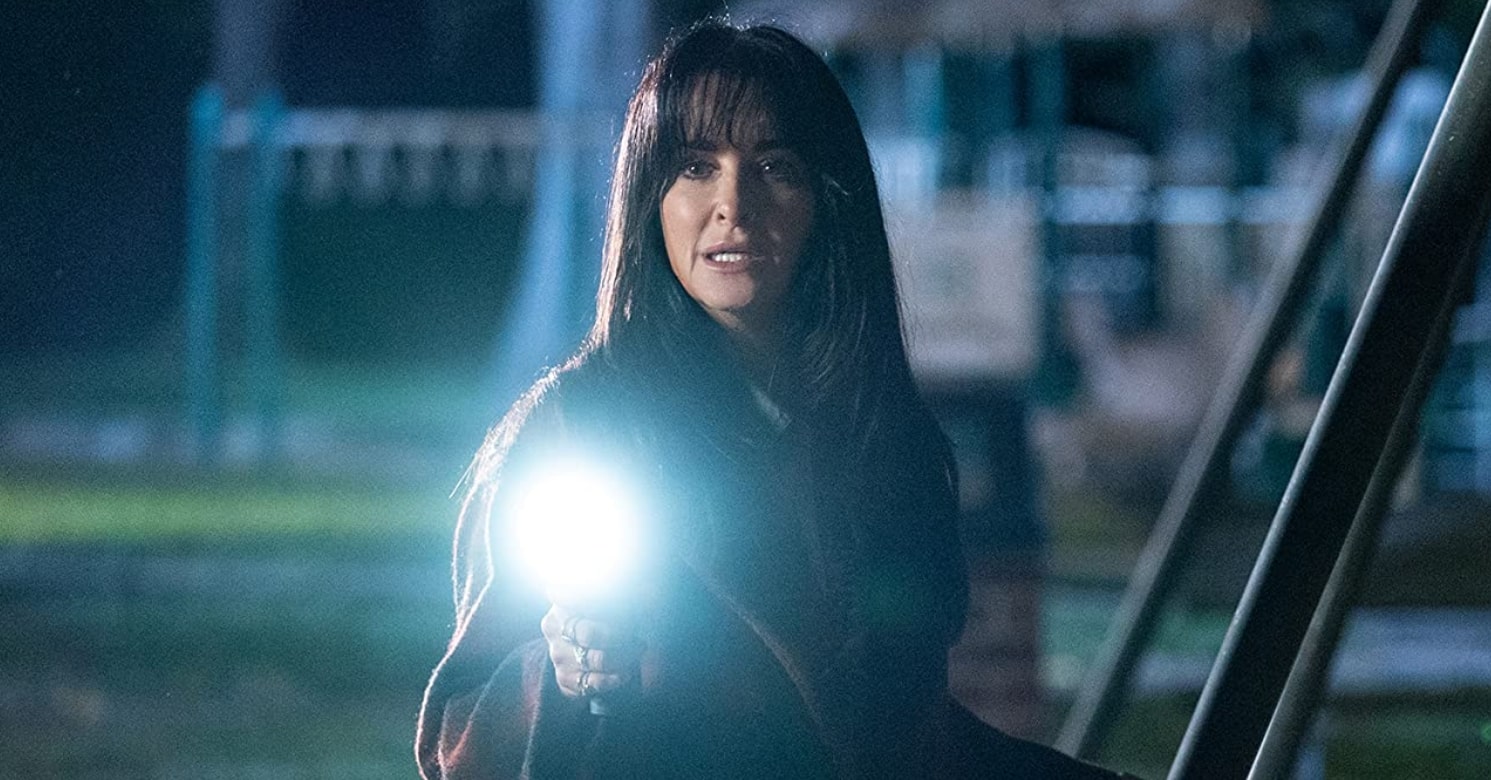
Likely to be controversial, although consistent with how Dr. Loomis’ hysteria, Michael is portrayed in the fashion of a simple maniac to reduce him into a caricature of evil. The context of Michael surviving the basement hellfire, designed to finally end him once and for all, has him instead emerge to lead unprecedented bloodshed, his mask disfigured into a scorched sheen that mirrors his transition into a supernaturally powerful villain – an attribute, him being human or otherworldly, previously ambiguous. There is the connecting idea – supporting such a change – he’s empowered from hate and as the town is embroiled into such an intense sentiment, it is perhaps reflected in the evolution of his path – a bolder scope to mayhem caused, an evident sadistic strain to his antics and afforded relentless invulnerability. Positively, Michael does establish himself as an imposing, unstoppable force from the momentum of his murderous spree, a brute who’s on a mission of destruction to simply walk home – withstanding how they have disconnected his more unsettling traits in their new vision of his attitude. Interestingly, Michael also happily takes time, too, with corpses as an interesting, new trait – less the efficient killer we know who doesn’t care for creative tactics.
Unfortunately, there is an overall lack of tension at the core of Halloween (2018) – any serious emotion is also spurious at best. Although no tension may be intentional as the buildup is already completed from the prior film, Halloween Kills (2018) is more about him being unleashed after all plans having failed before (which connects to the helpless state of everybody…including foolish efforts to do something in desperation). There is consequently an unclear aim as much as tone – it seems to roam as Michael Myers walking between the inroads of suburbs to randomly target households arbitrarily. Subplots, too, are weirdly meandering with no substantial point except simplistic goals – it seems to practically be brooding narratively, characterization suffering as a result considering how stupidity is not sympathetic. As a contrast to the last film, Halloween Kills seems attuned to the style of a shallow slasher focused on action sequences, drama segments only interspersed as mandatory for progression, but the emotive remnants continued from the last film are tedious as not fully actualised in this sequel – a tiresome diversion from the predictable plot reinforced in the monotonous mantra of “Evil Dies Tonight”.
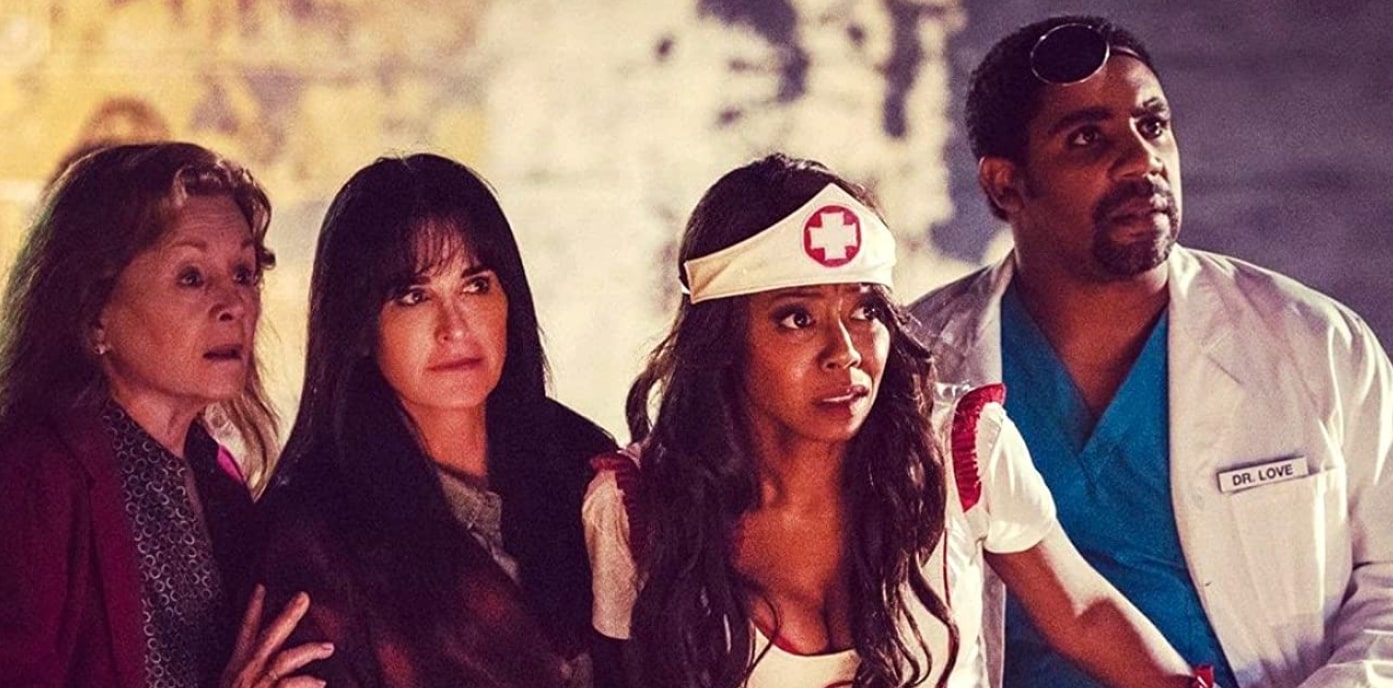
Halloween Kills is clearly an interlude between the deeper first film and planned third – a nonsensical slasher flick serving a little mayhem whilst awaiting the final conclusion likely to involve the brilliantly developed Laurie Strode (along with her kin who’ve been thoroughly tested in these events). It’s abysmal in any narrative structure, mediocre in any defined plot and weak in subtext – a mindless slasher concentrated on visceral horror beyond any narrative profundity. Positively, it is filmed, acted, and paced well enough – these all enhancing tolerance of any ‘filler’ until finally, the substance gorehounds crave… and the aforementioned ‘substance’ – creative kills – are abundant, perfectly designed in SFX for our discreetly latent sadism. Fights, kills, pursuits – these climaxes expected are each done marvelously in a focused intensity when not resorting to unnecessary camera techniques… or frustratingly cutting away. I feel this strength could have been utilized with a further focus on Michael’s POV – that protracted tracking shot in Halloween (2018) is still iconic to this day.
One major criticism I have is near the end, finalizing the theme of vigilante justice, as a statement against ‘hate’ in the solution: the stylish techniques ensuing during the ‘mob lynching’ were an annoying distraction from the fabulous implications of such an outcome; there’s a whole brilliant set piece, which was built up throughout the film as an inevitability, overlooked here in any detail. They are capable of focused shots and crisp practical effects, but as with the first responder set piece, they opted for obfuscating visuals in the belief these look ‘cool’ (maybe). I’ll be vague on specifics to avoid any clear spoilers, but it is a tragedy for such an appropriate ending to be tarnished from overeager editing over raw clarity of an anticipated moment – something of which they are capable. Relating to such a theme, I also feel it was overly indulgent in the idea of ‘mob justice’ during the hospital segment hysterics – it was contrived and dull, no matter how it contributes to the highlighting of Michael’s impact on a community alongside families… Interestingly, they teased the idea of an impending hospital massacre – I think this would have been preferable over any silly commentary subsequently ensuing there.
Oddly, a majority of the characters of the previous film are severely sidelined for focus on the town residents, who range from obnoxious fools to generic cannon fodder – people whose vague motivations and simplistic attitudes corrode the kind of psychological complexity we appreciated in 2018. They have a backstory, too, which I feel is unnecessary to describe – it’s not captivating whatsoever, no matter their tentative connection to John Carpenter’s original. It expands Michael’s existence, however, as not exclusively Laurie’s boogeymen– which her obsession, a common trope of Halloween, falsely believed– and ascending him to a mythological status as a suburban monster: the whole of Haddonfield is transfixed on him. Laurie’s granddaughter, Allyson, and her boyfriend both return for a more proactive role at least – their screen time provides gravitas from strong performances; the two also feature in my favourite kill sequence of the movie, even leading into a nostalgically crafted chase sequence involving Allyson’s mother.
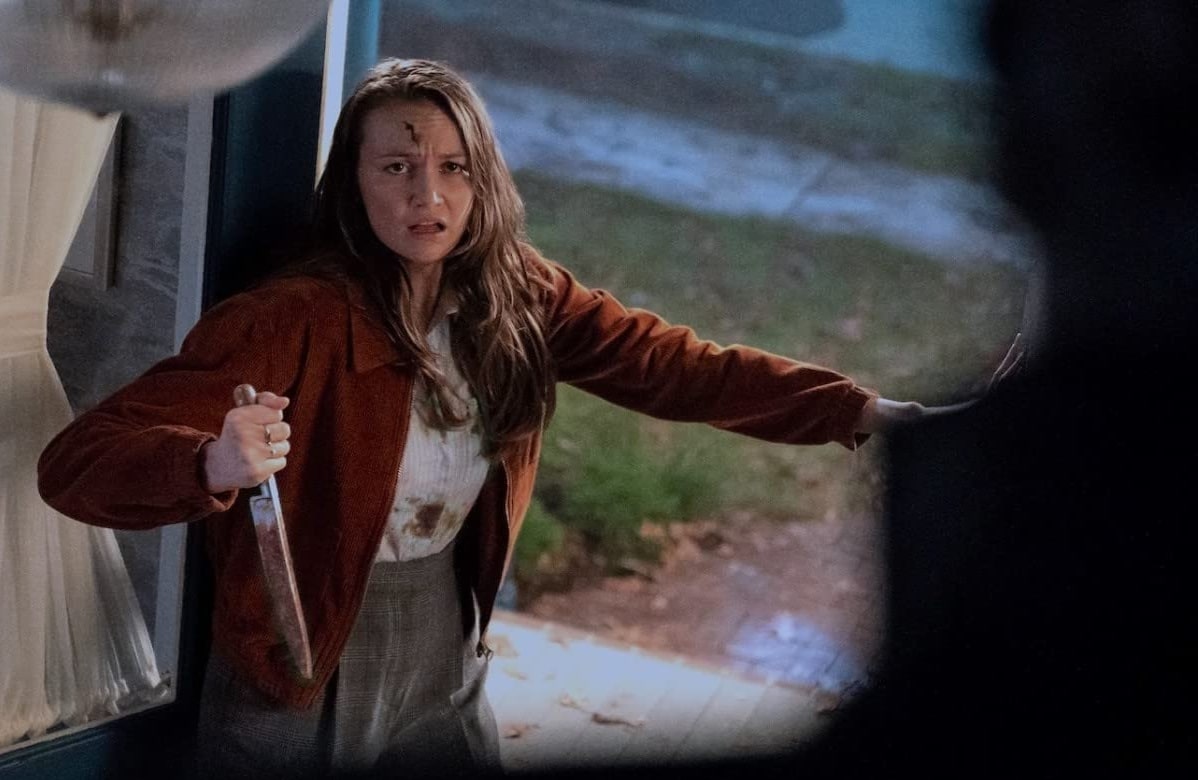
If you want a film that portrays the brute strength of Michael Myers and offers dynamic kills, while you are able to overlook the more shallow motifs referenced amongst poorly realised plotting, including dismissing some tedious scenes of emotional drama against the actually successful conventions achieved here, Halloween Kills will be a fun experience in parts for any fans of silly slashers – it succeeds in the more isolated moments where it embraces itself as that. The park ambush, the gay couple’s house, the elderly couple, Michael’s final showdown at his old home – it’s full of ample sequences where it excels; moments of unabashed brutality and chaotic slaughter. Admittedly failing as any enlightened horror movie or even an engaging cinematic experience, it will succeed nevertheless for a tone and expertise closer to millennial slashers. The acting, score, cast, and cinematography are adequate to carry the weak points into enjoying the occasional strengths on proud display, salvaging a weak entry overall into some entertainment. You must be aware, however, this is no masterpiece of the franchise or horror at large – it succeeds at no particular vision implicated and is merely another forgettable slasher.
If you enjoy the Halloween franchise as the flavour, however, and are don’t mind all the flaws inherent to old-school slashers, Halloween Kills will be satisfactory – it’s not the worse or the best of such a volatile franchise. It’s far from the ‘intelligent’ trends, however, of currently mainstream horror… but I feel it’s fair to judge Halloween Kills beyond these newfound ‘standards’. Interestingly, the film has ample homages and parallels to earlier installments – a sign they were concerned with being faithful to the ‘spirit’ of the franchise. Essentially, Halloween Kills is a fun and successful Halloween movie, but it fails modern cinematic notions of ‘quality’ – substantial characters, witty dialogue, cohesive plotting and a clear message. Still, and I’ll state this simple as possible, it’s some fun!

More Film Reviews
Rob Schroeder delivers one incredible directorial debut with this aesthetically lush and deliciously convoluted mystery box film. After his car breaks down during a storm, our protagonist Glen (Vincent Kartheiser)… There is a good reason why Don’t Look Now so rarely feels like it is a horror film. It is much too concerned with going about its daily business as… Sucking dry its predecessor’s persisting legacy as one of the preeminent vampire movies of the 21st century, 30 Days of Night: Dark Days forces a change of pace and goes… Science fiction, often preoccupied with technology and artificial beings, can sometimes seem overly intricate, neglecting the mundane facets of life. However, this stereotype is not only unfair but also doesn’t… A mockumentary framing offers a nice spin to the found footage genre. While most found footage films are shot and arranged in an amateur fashion to preserve their realism and… Heading back to the coastal town where he is haunted by the memories of a past friend, Martin ends up meeting Lucas and the two begin to search for clues…Ultrasound (2021) Film Review – A Meticulously Composed Surreal Nightmare
Don’t Look Now (1973) Film Retrospective
30 Days of Night: Dark Days (2010) Film Review – Severely Sucked Dry
River (2023) Film Review – Down by the River [FrightFest]
Occult (2009) Film Review – Mysteries, Miracles, Massacres
Phantom Summer (2022) Film Review – The Opera Macabre
Some say the countdown begun when the first man spoke, others say it started at the Atomic Age. It’s the Doomsday Clock and we are each a variable to it.
Welcome to Carcosa where Godot lies! Surreality and satire are I.
I put the a(tom)ic into the major bomb. Tom’s the name!
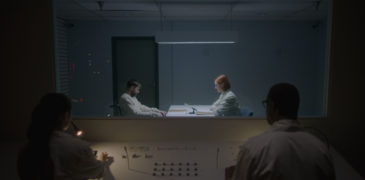

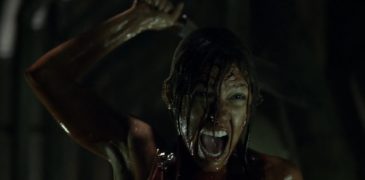
![River (2023) Film Review – Down by the River [FrightFest]](https://www.grimoireofhorror.com/wp-content/uploads/2023/08/river-365x180.jpeg)
